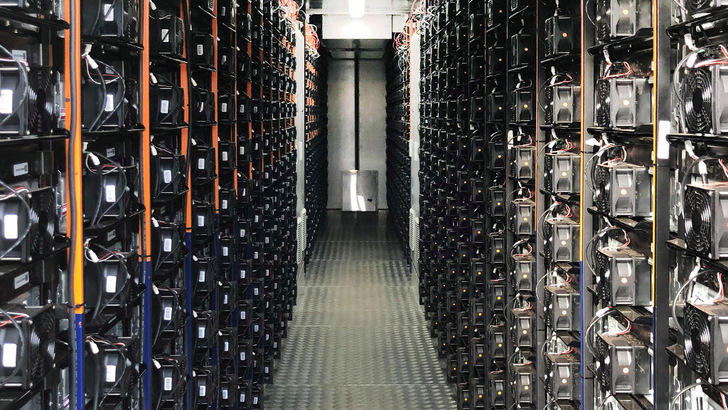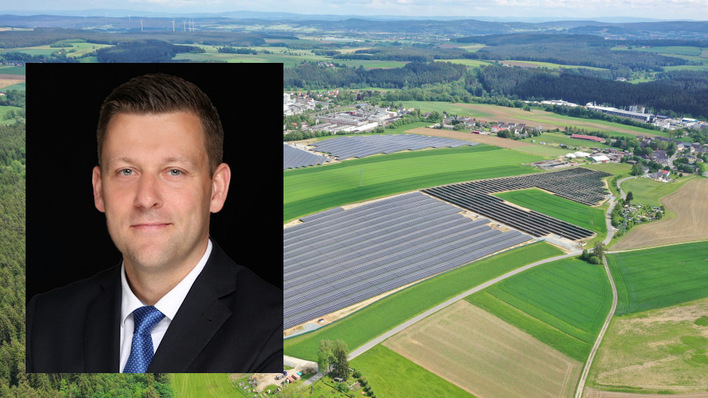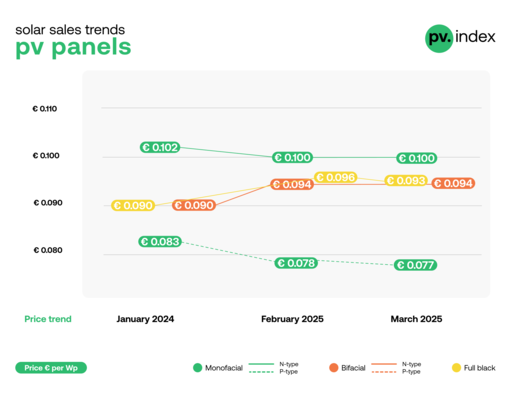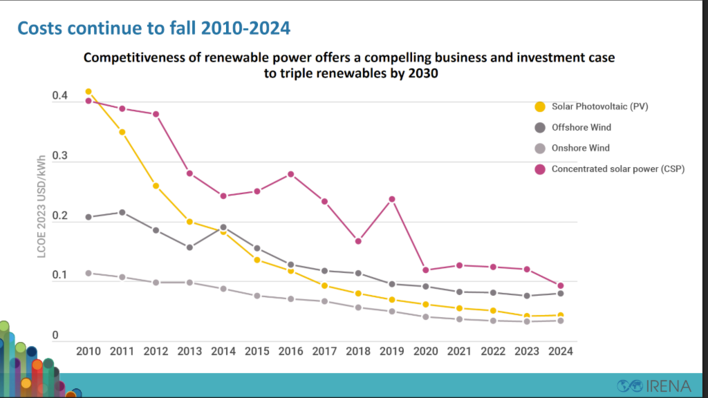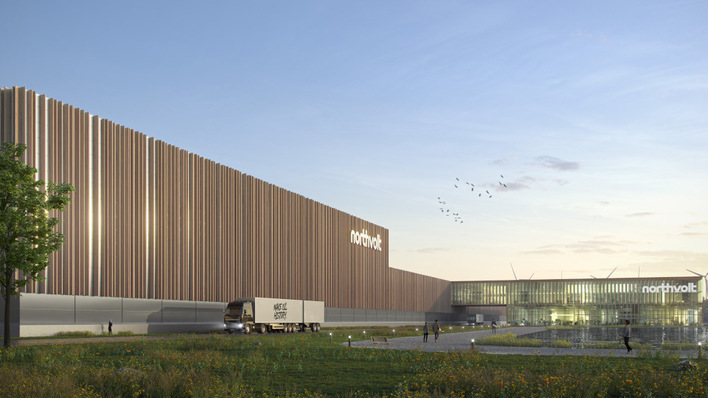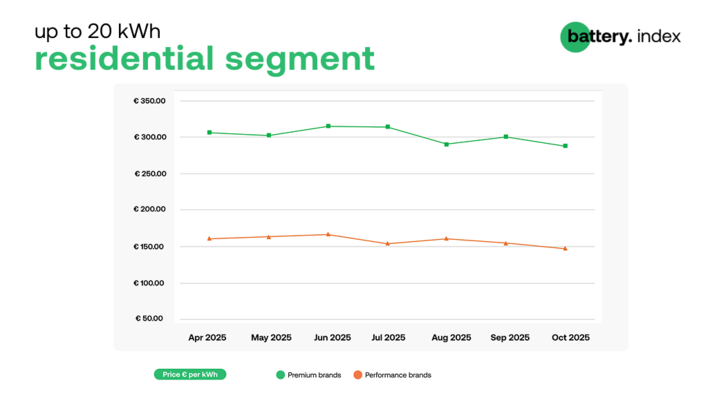Electricity storage units are an indispensable part of the future energy infrastructure. After all, without them the potential of volatile green power plants will not be exploited and the energy sector will always be confronted with power plant shutdowns. This is because the upgrading of the grid for the integration of renewables is lagging far behind the energy transition.
Therefore, there is no way around the rapid expansion of storage units. "The further development of grids and storage capacities is crucial - and must be prioritised more strongly alongside the expansion of production," emphasises Markus W. Voigt, Managing Director of the asset and investment manager Aream Group, which specialises in renewable energies. "The electricity produced must be available according to demand."
Spain has storage strategy
Voigt points to the example of Spain, where there is already a comprehensive expansion strategy for storage units that Germany can take as a model. After all, Spain is the country with the fifth largest electricity production in Europe. The share of renewables is now 56 per cent. "However, Spain is very little integrated into the large European electricity grid," explains Voigt. "Spanish governments of whatever colour have therefore been quick to devise a strategy for building storage capacity."
See also: Fraunhofer FFB looks into opportunities for sodium batteries
For example, he says Spain will build 20 gigawatts of storage capacity by 2030. By 2050, 30 gigawatts are to be available. "These are enormous volumes, which, with an output of 60 gigawatt hours, could then cover the demand of about 17,500 households for a year," Voigt calculates.
180 gigawatt hours of storage capacity
But that would already equip Spain well. Germany produces twice as much electricity as Spain. According to the German government, the share of renewables is now 52 per cent. The need for storage capacities to integrate green electricity into the weak grids is correspondingly high. "We assume that the demand for storage units is currently around 4.1 gigawatt hours," says Voigt. "This demand will increase to 104 gigawatt hours by 2030 and to more than 180 gigawatt hours by 2045." Battery storage systems based on lithium-ion or lithium-iron phosphate are of particular commercial interest.
Control energy for stable grids
The Aream boss sees two applications in particular that currently have commercial potential and are economical as investments: Control energy and trading. Control energy is a reserve that compensates for fluctuations in the grid frequency. Here, the storage units can both take electricity from the grid when the frequency is too high and feed it in when it falls too far below the specified 50 Hertz. "Especially for grid operators, such storage units are important in order to be able to guarantee stability at all times," says Voigt.
Abritrage trading stabilises electricity prices
Trading is about using and balancing the price fluctuations on the spot market due to the increasing share of renewables in the electricity grid. This is how they earn a margin. Voigt predicts that a new form of electricity trading will emerge. In the future, intraday traders will buy electricity when it is more cost-effective and then sell it when prices rise with demand. "Such transactions, and thus also the charging and discharging of the storage units, can theoretically take place every minute, but realistically a few times a day," says Voigt, describing the business model that will become increasingly interesting as the share of green electricity rises.
Also interesting: Q Energy builds large battery storage facility in France
This form of electricity trading is currently still in its initial phase, but could quickly become relevant. "The traders fulfil an important purpose with their storage units by minimising shortfalls and profits and in this way also reduce extreme price fluctuations," explains Voigt. With this form of arbitrage trading, he sees the end of the time of strongly fluctuating electricity prices coming. (mfo)


